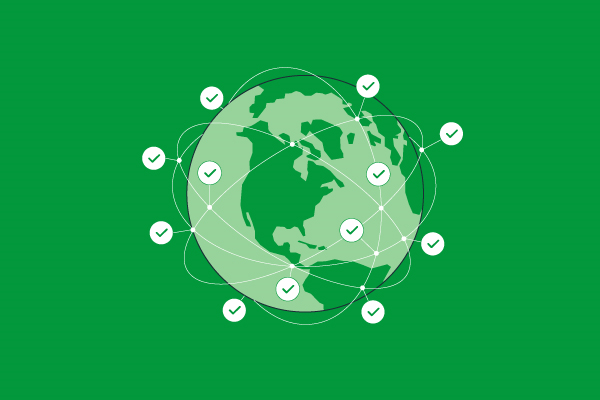CEE e-commerce economies have developed tremendously during the last several years, surpassing many other regions of the world. Here are five reasons as to why the countries of CEE have become digital powerhouses and the effect they have on the digitization of payments.


Image by DaLiu
Dynamic economic growth
Countries within CEE have shown tremendous economic growth in the past decades. In fact, counties within CEE have shown a GDP per capital increase in the past 20 years of more than 114%. The residents of these countries are shopping more, but furthermore are shopping more online. Growing smartphone usage and therefore mobile commerce through mobile browser payments or in-app payments are driving wider e-commerce growth.
Based on Statista, Poland’s spending per capita for online shopping has grown from 205 EUR in 2015 to 352 EUR in 2018. This tremendous growth of Poland showcases the development of e-commerce within the region.
Impressive digital infrastructure
The impressive digital backbone of CEE seems to be one of its main positives in regards to change. Currently, the EU hopes that by 2020 all of its citizens will have access to a 30 Mbps broadband speed. Though some countries such as France and Greece have a long way to go in their broadband journey, Hungary and Latvia are currently providing coverage to 80% and 90% of its citizens representatively.
CEE is agile in regards to digital infrastructure, unlike Western Europe. The reason for this is that Western Europe has a very well-developed copper infrastructure which is costly to replace with fibre, whereas CEE does not have this problem.
Well-educated citizens with an entrepreneurial spirit
An astonishing 50% of CEE residents are digital natives below the age of 35. Also, approximately 230,000 people are graduating in the sphere of STEM (science, technology, engineering and mathematics), which is significantly more than any of the EU’s Big 5, according to McKinsey’s report. Once students graduate they join vibrant digital workforces and have a built-in mentality of entrepreneurship.
Thanks to this, the region is quickly becoming a hub for software development companies. The reason for this is because they are seeking qualified and motivated individuals. Many of these companies, along with their skilled employees grow and achieve success within their sphere.
High mobile readiness
Due to all the reasons thus far, people in CEE possess extremely high mobile readiness. In addition, CEE enjoys excellent and affordable 4G coverage. Due to this a high amount of CEE citizens utilize mobile devices to conduct various activities such as entertainment, shopping, and more. Additionally, CEE residents have a high smartphone penetration with approximately 59% of them owning one.


Image by Gorodenkoff
Strong Digitization of Payments
CEE has skipped many of payments trends which other regions went through. Cash payments remained the preferred method of payment in CEE until recent years. Recently, there has been a giant decline in cash payments is expected within the next 5 years. Thanks to the digitization of payments and increasing payment options and the overall growth of digital commerce, cultural norms are changing.
For instance, CEE never used checks as a method of payments, unlike the West. Instead, CEE citizens directly began using card payments and now virtual payments that are integrated into wearables and smartphones. In fact, the region has some of the highest contactless payments in the world according to Statista.
Due to the strong digitization of payments, CEE is the perfect testing ground for new payments. Its innovative attitude and the willingness and education of its members for new payment options create the perfect environment through which payment solutions can be tested and developed. As a global payment service provider, Oceanpayment strives to offer safe, convenient, professional and simple payment to merchants. Now Oceanpayment supports credit and debit cards, e-wallets, prepaid cards and invoice payments methods in Europe area to meet the multiple options of merchant and consumer.
Did you find this article useful? Make sure to visit the website for more information.






Comments are closed.